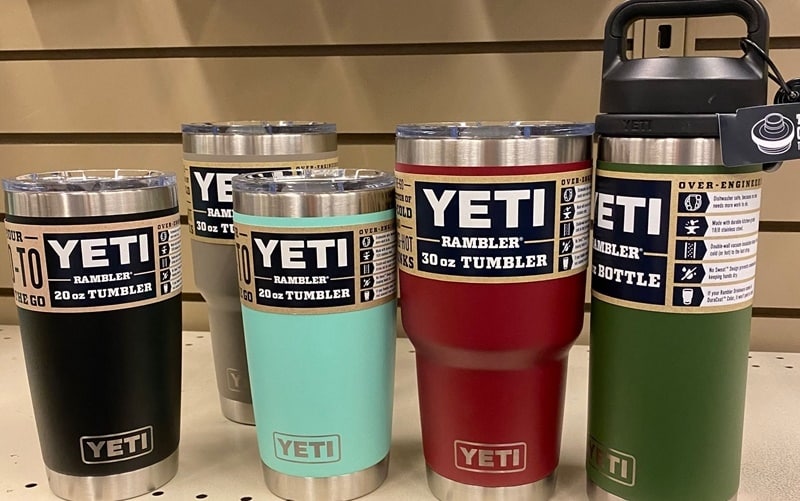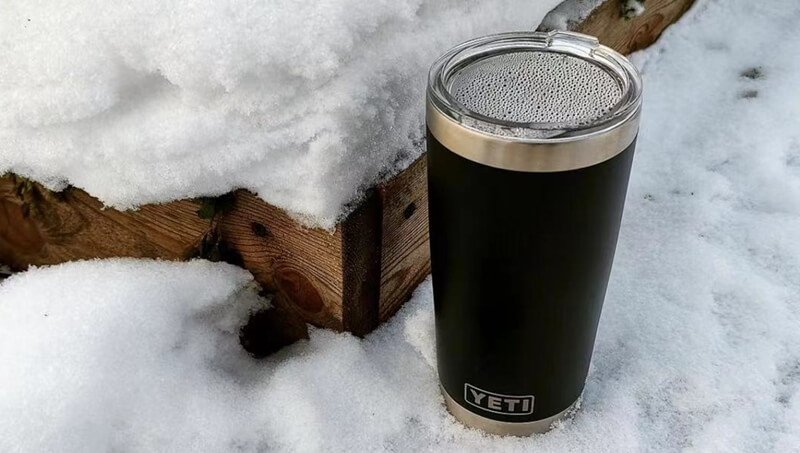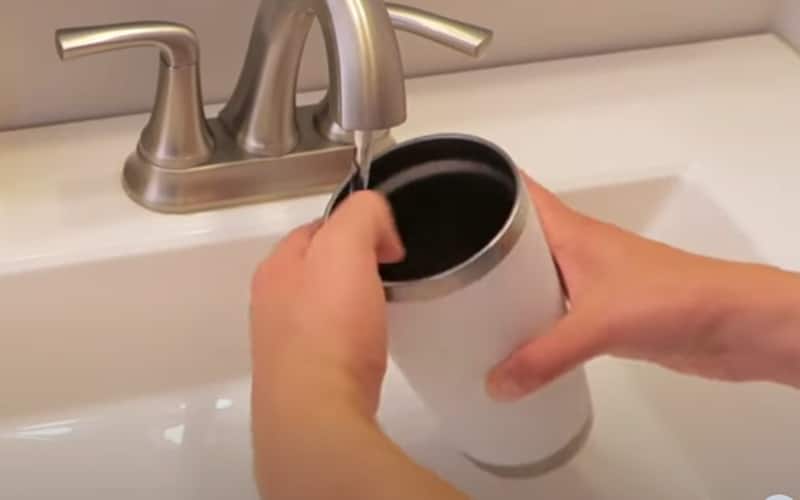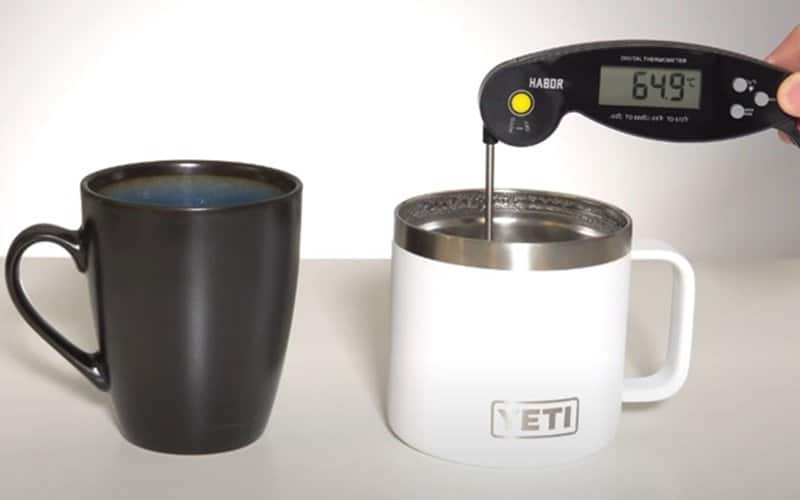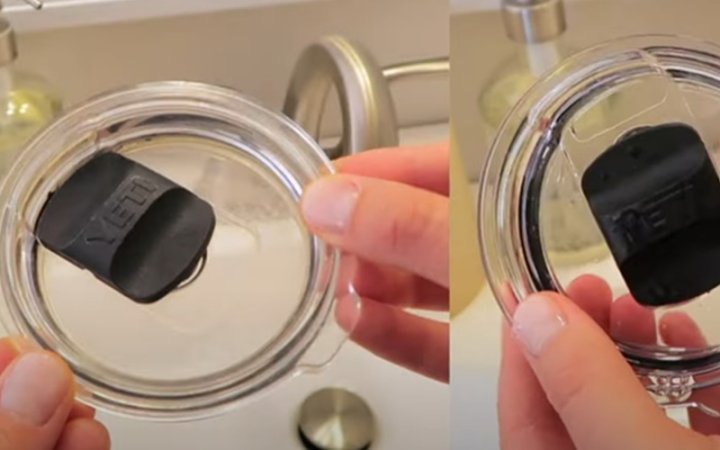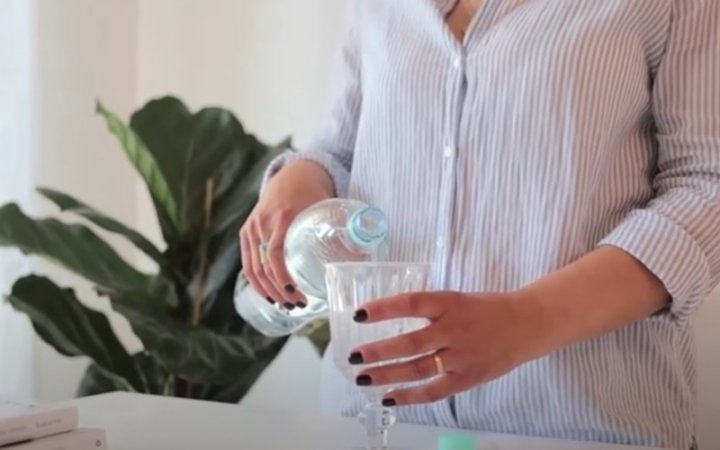Do Yeti Cups Go Bad? Longevity & Maintenance Tips for Yeti Cups
Last Updated on March 11, 2024 by Tina ShaoYeti cups have become a household name due to their remarkable insulation capabilities and sturdy design. While these cups are built to last, many users wonder, “Do Yeti cups go bad?” In this comprehensive guide, we delve into the lifespan of Yeti cups, the common problems that can occur over time, and how to maintain your Yeti cup to ensure optimal performance for years to come.
Do Yeti cups go bad?
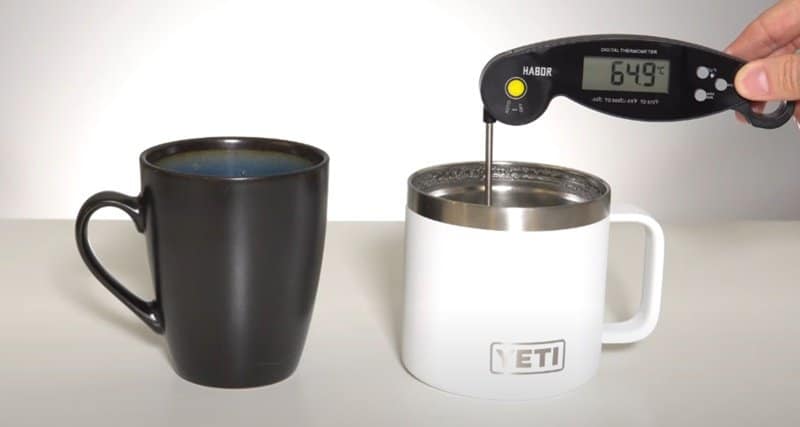
Like most high-quality stainless steel drinkware, Yeti cups do not typically “go bad” or expire. They are designed to be durable, rust-resistant, and long-lasting. However, like any product, they can be subject to wear and tear over time.
Here are a few things that might impact the longevity of a Yeti cup:
- Physical Damage: If a Yeti cup is dropped, it could become dented or physically damaged. This might affect the vacuum seal, which is part of what keeps drinks hot or cold.
- Wear and Tear: Over time, the exterior finish or the interior coating could wear away, especially if it’s frequently cleaned in a dishwasher. Though Yeti cups are dishwasher safe, hand-washing is often recommended to preserve the cup’s appearance.
- Seal Deterioration: The Lid’s seal might deteriorate or warp over time, especially if frequently exposed to high heat in a dishwasher, affecting the cup’s insulation properties.
- Rust: While Yeti cups are made from stainless steel, which is very rust-resistant, they could potentially rust if they’re damaged and the protective chromium oxide layer is scraped away.
If your Yeti cup is not keeping drinks hot or cold as long as it used to, or if it’s showing signs of rust or other damage, it might be time to replace it. But under normal conditions, a Yeti cup should last for many years.
Why do Yeti cups go bad? Common Yeti cups problems and troubleshooting
While Yeti cups are known for their durability and performance, they are not completely free from potential issues. Here are some common problems you might encounter with Yeti cups and some potential solutions:
- Lid Leakage: The seal on the Lid can wear out over time, causing the cup to leak. If you’re experiencing this, you may want to consider purchasing a replacement lid.
- Decreased Insulation Performance: If your Yeti cup isn’t keeping your drinks hot or cold as long as it used to, it could be due to physical damage that affects the vacuum seal or a worn-out lid seal. Inspect your cup for any visible damage. If you notice significant dents or deformations, it might be best to replace the cup.
- Odors or Stains: Stainless steel typically doesn’t absorb odors or stains. However, if the cup isn’t cleaned regularly or thoroughly, there can be a buildup of residue that causes unwanted smells or discoloration. Regular cleaning should prevent this. You can use a paste made from baking soda and water for deep cleaning.
- Wear and Tear of Coating: The exterior coating or color might chip or fade over time, especially with dishwasher use or exposure to harsh conditions. This doesn’t affect the cup’s functionality but can impact its appearance. Hand washing and careful handling can help preserve the cup’s look.
- Rust: This is uncommon because Yeti cups are made from rust-resistant stainless steel, but rust could form if the cup is damaged and the protective layer is compromised. If you see rust, you might want to replace the cup.
- Difficulty with Lid Closure: Over time and with frequent use, you might find that the Lid of your Yeti cup doesn’t close as easily or securely as it once did. This could be due to the degradation of the sealing mechanism. If cleaning doesn’t resolve the issue, you may need to replace the Lid.
- Taste Alteration: Some people have reported a metallic taste when drinking from their Yeti cups. This is usually not a problem with the cup itself but could be due to the water quality or the type of drink. If you notice this, try rinsing the cup with a mild vinegar solution, followed by thorough rinsing with warm water.
- Heat Transfer to Outer Surface: While Yeti cups are designed to insulate well, users might notice the cup’s outer surface getting hot when filled with a hot beverage. This is not typical behavior and could suggest an issue with the vacuum insulation. If you notice this, it might be time to replace the cup.
- Noisy Lid: Some users have reported a whistling or suction noise when using the straw lid. This usually happens when the seal is too tight or the straw is improperly placed. Adjust the straw and seal; consider a lid replacement if it persists.
Remember, while these issues are possible, they are uncommon due to Yeti products’ high-quality materials and craftsmanship. Yeti also offers a warranty on their products, so if your cup is not functioning as it should, it’s worth contacting their customer service for possible repair or replacement.
How To Test If Your Yeti Cup Go Bad?
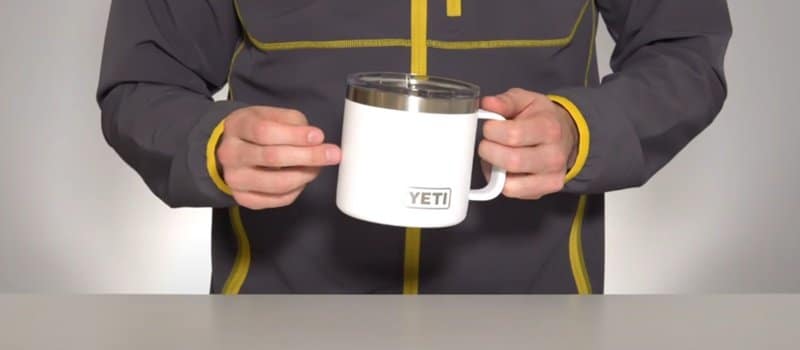
There are a few ways to test if your Yeti cup is potentially broken or not functioning properly:
- Insulation Test: Fill your Yeti cup with ice, then dry it with cold water. Close the Lid, then leave the cup at room temperature. A functioning Yeti should keep the ice from melting for at least 24 hours under normal room temperatures. If the ice melts much quicker, the vacuum insulation may be compromised.
- Heat Test: Fill your Yeti cup with boiling water, then close the Lid. The outside of the cup should stay cool to the touch, even with hot liquid inside. If the outside becomes hot, the vacuum insulation might be compromised.
- Leak Test: Fill your Yeti cup with water, attach the Lid, and then turn the cup upside down over a sink. If water leaks out around the seal of the Lid, the Lid might be damaged.
- Visual Inspection: Check for any obvious signs of damage, such as dents, rust, or wear on the seal of the Lid. While minor dents and scratches are usually just cosmetic, significant damage could affect the insulation’s performance.
Remember, if your Yeti cup isn’t performing as expected and you believe it’s due to a manufacturing defect, you can contact Yeti’s customer service. They can provide further assistance and discuss potential warranty coverage.
Yeti scratch and dent, what to do?
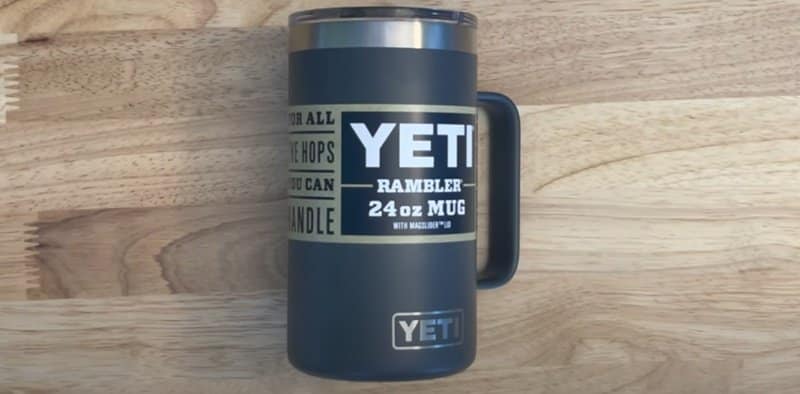
Scratches and dents on your Yeti cup can occur from general use or accidental drops. While they typically don’t affect the cup’s performance (unless severe enough to compromise the vacuum insulation), they can be unsightly. Here are a few things you might consider:
- Accept It: Scratches and dents can add character to your Yeti cup and show that it’s well-loved and well-used. If the cup still performs well, you might accept the scratches and dents as part of its history.
- Cover It: You can cover the scratches or dents with a protective silicone boot or a custom skin for Yeti cups. This can also give your cup a new look.
- DIY Repair Attempt: For minor scratches on the stainless steel part, try using a bit of toothpaste or baking soda paste (baking soda mixed with a little water to form a paste). Rub it gently on the scratch and then rinse. Please note that this method might not work on colored or coated surfaces.
- Professional Repair: While this isn’t typically done for something like a Yeti cup if the cup has sentimental value, you might consider seeking the help of a professional who works with stainless steel.
- Replacement: If the cup has been severely damaged to the point where its insulation properties are affected, or if you’re unhappy with the appearance, you might choose to replace it.
Remember, wear and tear, including scratches and dents, are not typically covered under Yeti’s warranty. However, if you believe the damage is due to a manufacturing defect, it’s worth contacting Yeti’s customer service to discuss your concerns.
What To Do If Your Yeti Cup Go Bad and Won’t Hold?
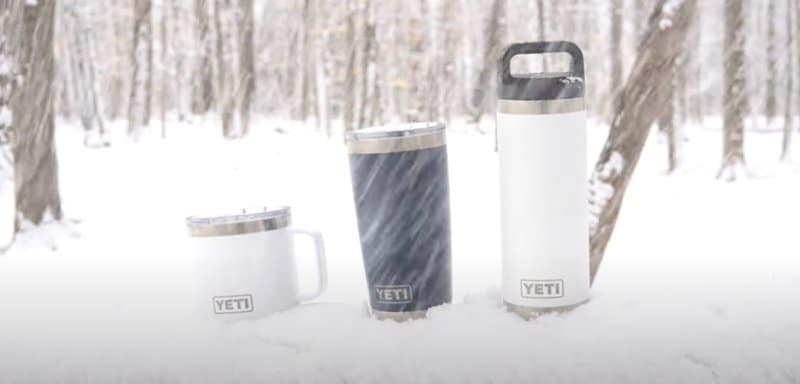
If your Yeti cup doesn’t hold a drink, meaning it’s leaking or not providing sufficient insulation, there are a few things you can do:
- 1. Check the Lid: The Lid is often the culprit when a cup leaks. Make sure it’s correctly and securely attached. Check the seal and any moving parts like the MagSlider for signs of wear or damage. If the Lid is damaged, you may need to replace it.
- 2. Inspect for Damage: A dent or crack in the cup could affect its insulation properties or cause leaks. Inspect the cup thoroughly for any signs of physical damage. If the cup is damaged, you may need to replace it.
- 3. Perform the Insulation Test: Fill the cup with cold water and ice, then check it after a few hours. The vacuum insulation might be compromised if the ice melts much quicker than expected (a Yeti cup should keep ice for at least 24 hours under normal room temperatures).
- 4. Contact Yeti Customer Service: If you still have issues and believe it’s due to a manufacturing defect, contact Yeti’s customer service. They can provide further assistance and, if necessary, guide you through making a warranty claim.
Remember, wear and tear, including dents and scratches, are not typically covered by Yeti’s warranty. However, if the problem is due to a defect in materials or artistry, it’s worth contacting Yeti to discuss potential repair or replacement.
Conclusion
Remember, if you ever encounter a problem with your Yeti cup that seems to be a manufacturing defect, don’t hesitate to contact Yeti’s customer service for assistance. Enjoy your favorite beverages at the perfect temperature with your Yeti, a product built for the wild!
FAQs About Do Yeti Cups Go Bad
What causes a Yeti cup to stop working?
The most common issue that causes a Yeti cup to “stop working” — meaning it doesn’t keep drinks hot or cold as well as it should — is damage to the vacuum seal. This can occur if the cup is dented or otherwise physically damaged. Wear or damage to the Lid can also affect the cup’s insulation properties.
Can I repair a damaged Yeti cup?
Minor scratches can sometimes be buffed out of the stainless steel portion of the cup, but larger dents or damage to the vacuum insulation cannot usually be repaired. If the Lid is damaged, it can be replaced.
Does Yeti’s warranty cover wear and tear?
Yeti’s warranty covers defects in materials and artistry but does not cover normal wear and tear, including scratches and dents or damage caused by misuse or accidents. If you have a problem with your Yeti product and believe it’s due to a defect, contacting Yeti’s customer service to discuss your concerns is worth contacting.
Do yeti cups wear out?
Yeti cups are designed to be highly durable and long-lasting. However, like any product, they can experience wear and tear over time, especially with regular use. Here are a few ways a Yeti cup might show signs of wear:
- Exterior Finish: Over time and with regular use, the exterior finish of a Yeti cup can start to show signs of wear, such as scratches or fading, especially if it’s frequently cleaned in a dishwasher.
- Lid Seal: The seal on the Lid might deteriorate or warp over time, especially if it’s frequently exposed to high heat in a dishwasher, which can affect the cup’s insulation properties.
- Insulation Performance: If the cup is dented or physically damaged, it could affect the vacuum seal, which keeps drinks hot or cold.
- Rust: While Yeti cups are made from rust-resistant stainless steel, they could rust if damaged, and the protective chromium oxide layer is scraped away.
With proper care, a Yeti cup should last for many years. If your Yeti cup is not keeping drinks hot or cold as long as it used to, or if it’s showing signs of rust or other damage, it might be time to replace it.


